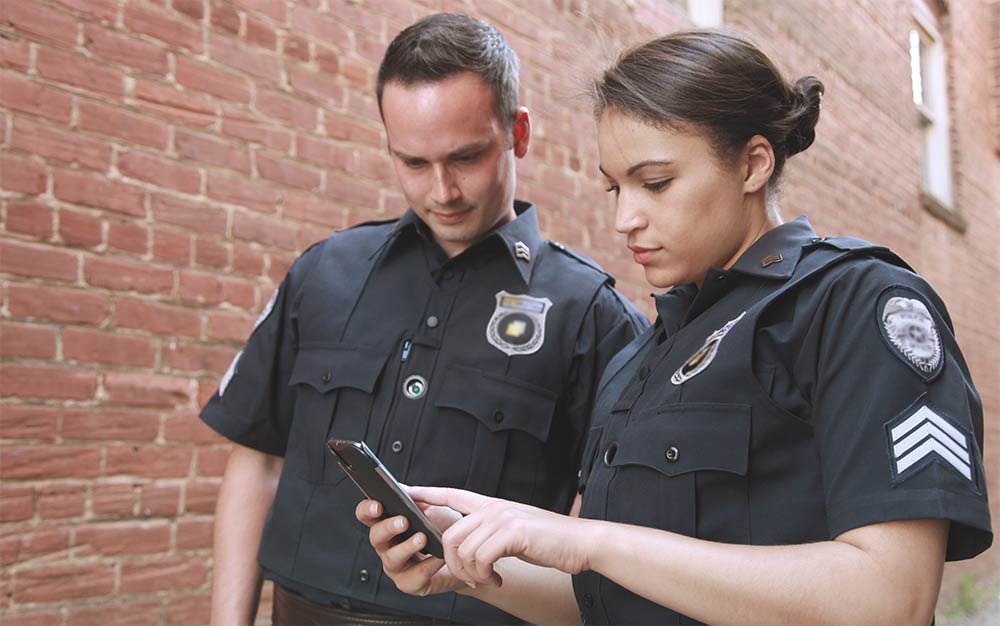While most businesses prefer to outsource their security needs, there are still many companies that utilize an in-house security team. While this can certainly be an appealing option, this also adds additional responsibilities to your management staff.
To ensure that your in-house security actually accomplishes what you need them to do, you will need to provide comprehensive training to your guards. But what does this training entail? There are several important issues that will need to be addressed during these preparatory stages.
Company policy & procedures
Each company faces different threats, and as such, your safety and security policies should be directly influenced by the risks your business faces. This includes both environmental and human-related threats. With the help of a professional risk assessment team or your own corporate security manager, you should then identify key measures that will improve your facility’s security.
Your in-house security team will be largely responsible for ensuring that other employees follow these safety policies. They should be trained on what these policies are as well as how to enforce them. One common example of this is a policy to keep doors to certain parts of your facility locked at all times. As a result, a key element of your guards’ responsibilities would be to check that these doors are locked. Training would highlight which areas need to be checked, as well as how to resolve and report any unlocked doors. Naturally, training on emergency procedures and other public safety measures would also need to be addressed.
When your in-house security team fully understands the company’s security policies and procedures, they will be in a better position to effectively fulfill their responsibilities and keep your company compliant with safety regulations.
Technology training
Significant advances in technology are drastically changing the way we approach many important tasks — including security patrols. Guard dispatch technology allows office staff to manage scheduling, track guard positions, and even send and receive real-time updates via text or push notification.

While the use of dispatch software can streamline everything from incident reporting to time off requests, these tools won’t be nearly as effective if you don’t take the time to train your guards on how to use them. Thankfully, this software is designed to be quite user-friendly. A short overview of how to use the different features (which can often be accessed from one’s own smartphone) will help your team get the most out of this software.
Crisis intervention techniques
Do your guards know how to respond if they come across an intruder in the middle of the night? Guards should receive training on how to respond appropriately to protect their own safety and that of others during an emergency situation.
De-escalation training is particularly important to prevent violent outcomes. In house security staff should develop a mastery of basic de-escalation skills, such as maintaining a safe distance, speaking in a calm and non-threatening manner, and using non-aggressive body language. When appropriate, training on how to safely restrain an intruder may also be necessary.
Guards should also understand when they should take action to preserve their own safety. Providing training on how to signal for emergency assistance using their guard tracking software or how to oversee an evacuation of a facility could very well save lives during a crisis.
Conclusion
As the above points illustrate, training an in-house security team requires attention to details. The better your guards understand company policies and procedures as well as how to respond during an emergency, the better equipped they will be to use the resources available to them to protect your property and all who work there.



